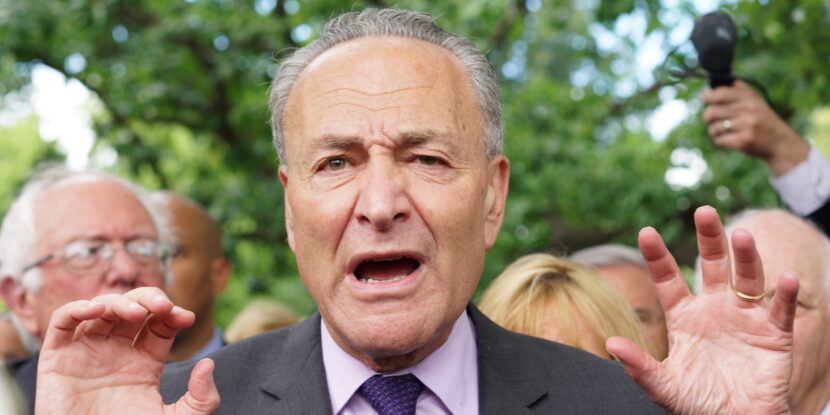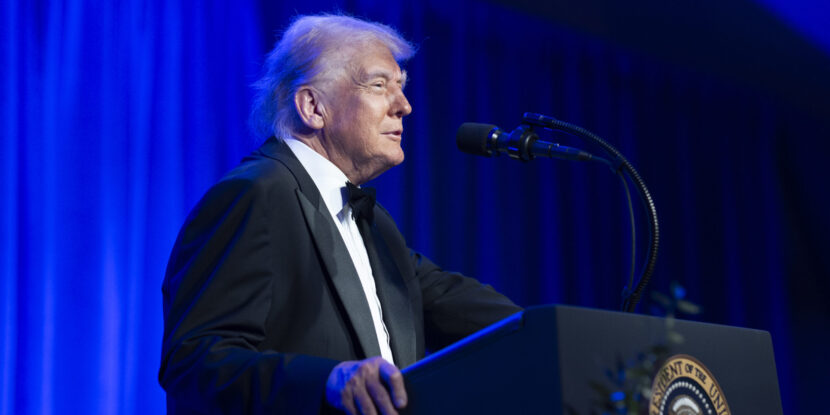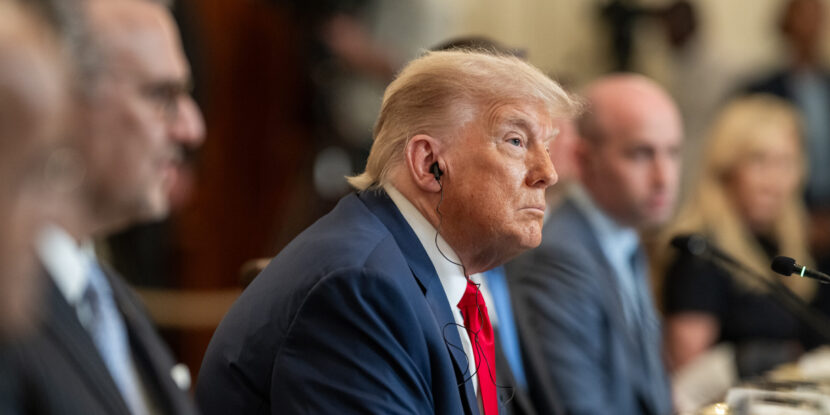❓WHAT HAPPENED: The Trump White House says it will soon roll out relief to U.S. soybean farmers who are facing significant challenges due to a trade dispute with China, their largest export market, which has ceased purchasing U.S. soybeans.
👤WHO WAS INVOLVED: U.S. soybean farmers, President Donald J. Trump, U.S. Treasury Secretary Scott Bessent, Senate Democrats, and China.
📍WHEN & WHERE: The situation has been unfolding throughout 2025, with impacts felt across soybean-producing states like Minnesota, Illinois, and Arkansas.
💬KEY QUOTE: “They politicized the soybean purchases. And most of them have gone to Brazil. We are not going to let that happen. And I believe that the Chinese will have to come back at the end of the season and buy soybeans.” — U.S. Treasury Secretary Scott Bessent
🎯IMPACT: Farmers are struggling with financial uncertainty, higher input costs, and the inability to sell their crops to their largest market, China, while relief is delayed due to the Senate Democrats’ government shutdown.
American soybean farmers across key agricultural states like Minnesota, Illinois, and Arkansas are nearing the completion of their annual harvest. However, they may not have any markets to export their product to. The ongoing trade dispute between the United States and China has seen soybean farmers take a hit as China, which typically purchases over $12 billion worth of American soybeans annually, has not bought any this year.
In the face of the trade dispute, President Donald J. Trump has indicated that soybean farmers impacted by tariffs may receive financial assistance, but no specific plan has been announced due to the ongoing Senate Democrats’ government shutdown. “President Trump, Secretary Bessent, and Secretary Rollins are always in touch about the needs of our farmers,” said White House Deputy Press Secretary Anna Kelly. “Unfortunately, Democrats in Congress have stalled progress on this issue with their prolonged shutdown to serve illegal immigrants instead of America’s farmers.”
Soybean farmers, particularly those in rural areas, face mounting challenges as input costs like fertilizer and seed rise, while prices for their crops remain stagnant. Many farmers are hoping for a trade deal with China that could stabilize the market.
The Chinese have tried to ramp up their side of the trade dispute ahead of this meeting in the hopes of maximizing leverage, though President Trump has thus far called Xi’s bluff. “They politicized the soybean purchases. And most of them have gone to Brazil. We are not going to let that happen. And I believe that the Chinese will have to come back at the end of the season and buy soybeans,” U.S. Treasury Secretary Scott Bessent said during a television appearance earlier this week, suggesting both government relief and a long-term deal on soybeans with China is likely in the near future.
The American Soybean Association has urged the administration to resolve the trade dispute, warning that farmers are “standing at a trade and financial precipice.” While some farmers have alternative markets to sell their soybeans, many are left with limited options.
Republican lawmakers have expressed sympathy for the farmers, with Congressman James Comer (R-KY) stating, “They planted that crop assuming that those foreign markets were going to be there. I think we need to do something to help the soybean farmers.”
Join Pulse+ to comment below, and receive exclusive e-mail analyses.




















